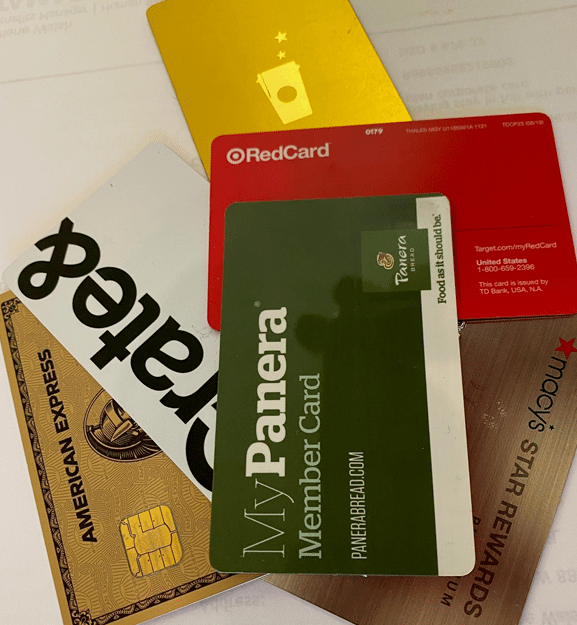Americans spend over $13 billion per year getting new tires for their cars, but unlike many other retail fields, Internet research is less important in the decision of which brand to buy. Instead of looking online, most buyers rely on “the tire guy” at the tire store to recommend the right brand and model of tires.
Continental is #4 in U.S. tire market share, with 5.5% of the market, trailing the giants like Michelin, Goodyear and Bridgestone. However, this Germany-based company has seen one of the biggest increases in market share during the past few years, and company marketing executives believe it’s because of their innovative approach to selling. Instead of selling their tires directly to consumers, with TV advertisements and high profile sponsorships, Continental mainly sells its tires to the “tire guys” who make recommendations to customers.
According to a recent article in Bloomberg Business Week (“Continental sells to tire salesmen in the U.S.”), Continental Tire invites 950 tire salesmen each year to spend 10 hours testing and driving on Continental tires at its proving ground in Uvalde, Texas. The salesmen get to learn about new Continental products and make head-to-head comparisons of Continental tires to see the competitive advantages versus other brands. Other tire companies sponsor similar events, but Continental Tire seems to go all out, spending up to $1,000 per “tire guy” by providing free accommodation, catfish fishing, skeet shooting, dinner and drinks.
What are some lessons that other businesses can learn from Continental Tire’s efforts at “selling the salesmen?”
- Know who your “customer” truly is. The tire business is unique because research shows that tire salespeople have a huge amount of influence over the buying decision: according to the Bloomberg article, the recommendation of the tire seller is significant in 80% of tire sales. If you look at your business, are you really focusing on having conversations with the right people? Who, other than your customers, are truly your biggest “customers?” Who do your customers talk to before they decide whether to buy from you, and how can you get in front of these key influencers? (Hint: social media like blogs, Yelp, and Twitter make it easier than ever to find out who is talking about your business, and what they’re saying. Instead of spending on ads, maybe you should invite an influential blogger out to dinner, or send free product samples to someone who mentions you to their Twitter followers.)
- Measure, measure, measure. Continental Tire spends about $1 million per year – approximately 15% of its U.S. marketing budget – on hosting tire salesmen (and women) at its Uvalde proving ground. But the money is worth it, because they’ve shown that their top dealers have increased sales by 30% each year as a result of the training program. Before you commit to a “big splash” marketing initiative, make sure you have a sense of the results you’re trying to achieve, and figure out a way to make it measurable.
- Swim against the tide. Don’t be afraid to do something “different” with your marketing, even if none of your competitors are doing it. Unlike its bigger competitors, Continental Tire doesn’t advertise on TV. It would have been easy for Continental to say, “Well, Michelin is on TV, so we’d better buy some TV ads, too.” Instead, they decided to take a more focused approach by engaging directly with their most important influencers. Are there any parts of your company’s marketing that you feel are on “auto-pilot,” that you’re just doing “because everyone else does it?” Maybe you should re-evaluate. Every marketing dollar is precious. Your marketing dollars should focus on making you “stand out,” not on “fitting in.”
Every company can learn from Continental Tire’s efforts to make a big investment in explaining their product to the right influencers on the buying decision. It’s not always as easy as inviting some tire sellers to a Texas ranch for a weekend of driving – sometimes you have to do some research and investigation to find out who your biggest influencers really are. But selling to the seller can be a much more productive and profitable approach than just blindly sending out ads.
Solid disciplined market research can confirm who the decision maker is and who the influencer Equally important, your research will tell you what is most relevant to each. Your market share can grow like Continentals with that information for your customers.
Smart Advantage has obtained that level of information for over 150 companies.



